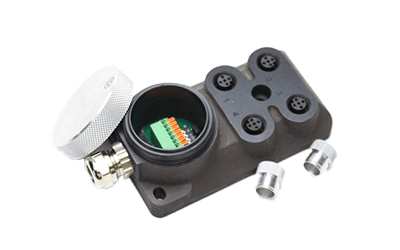What Is a Relay Box With Terminal Blocks?

A relay box with terminal blocks is a wiring solution combining a relay box and terminal blocks, widely used in industrial and residential settings for effective electrical wiring management. These boxes help organize, protect, and facilitate easy connections and maintenance of electrical wiring systems, reducing the risk of electrical hazards and ensuring operational safety.
Applications of Relay Boxes With Terminal Blocks
These relay boxes are used in various industries for different purposes:
1. Industrial Control
In industrial control, they manage signal lines for sensors and motors, ensuring proper signal transmission in automated systems.
2. Construction and Housing
Used in residential and commercial buildings to manage electrical wiring for lighting and outlets, improving safety and appearance.
3. Telecommunications and Networks
Essential in telecommunications for organizing cable and fiber connection points, especially in data centers and network infrastructures.
4. Energy
Used in renewable energy systems to centralize power from sources like solar and wind, optimizing energy use and efficiency.
Principle of Relay Boxes With Terminal Blocks
These relay boxes are designed for effective wiring management:
1. Relay Box
Typically square-shaped, and made from materials like iron or plastic, these boxes feature a hinged front cover and are often sealed with rubber gaskets. They allow for organized wire routing and connections inside.
2. Terminal Block
Terminal blocks provide specific points for connecting electrical wires, facilitating organized and efficient wiring connections. They consist of metal plates and screw mechanisms for secure wire connections.
How to Select a Relay Box With Terminal Blocks
Consider these factors when choosing a relay box:
1. Number of Terminal Block Poles
Ensure the number of poles matches the required wiring connections. Consider future expansion when selecting the number of poles.
2. Applicable Wiring
Choose a box compatible with the wire thickness, voltage, and current requirements to ensure safe and efficient operation.
3. Enclosure Material
Select material based on the environment of use. Plastic is suitable for indoor use, while metal is necessary for outdoor or harsh conditions.
4. Rated Voltage
Choose a box with a voltage rating that matches the electrical system’s requirements, ensuring safety and component longevity.
5. Wiring Method
Select the appropriate wiring method, such as screw type, clamp type, or bus bar wiring, based on the wiring used and connection needs.